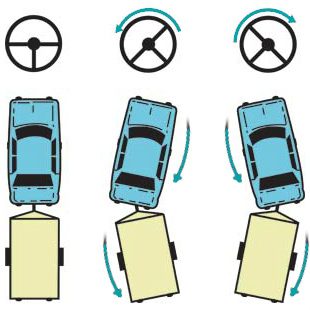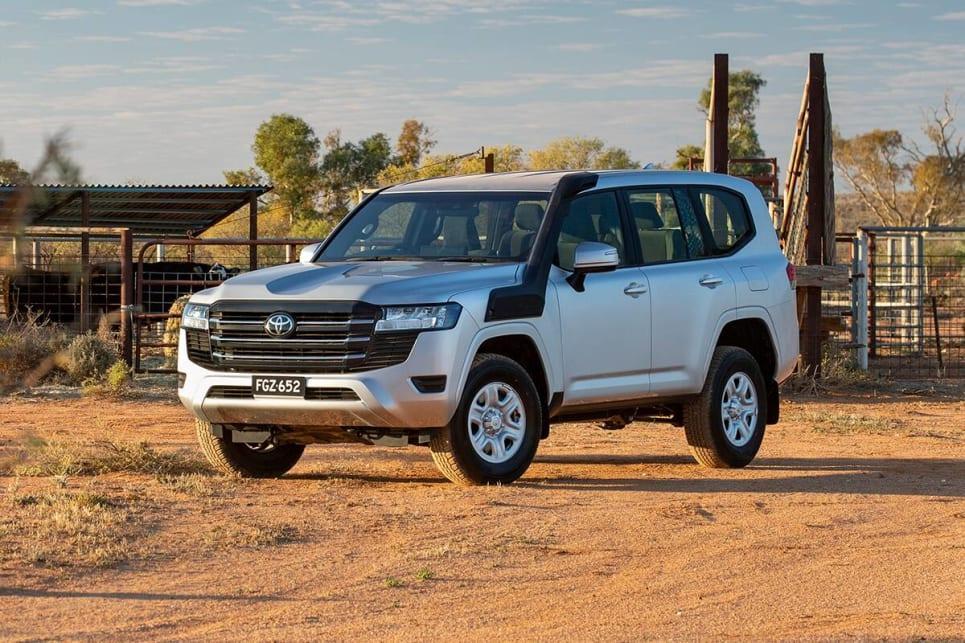
How good it is to drive with a trailer
Content
Legislation, precautions, maneuvers ... everything you need to know to drive a trailer safely
How to ride one or two motorcycles from behind ...
Lair, in his grand educational mission, recently explained to you how to properly load a motorcycle onto a trailer. Once the bike is well fastened, the work has just begun: now it needs to be taken to its destination. So it remains to be seen how good it is to drive with a trailer.
Already before leaving you make sure that the trailer is securely attached to the connecting ball, that the electrical connections are connected, that the turn signals and brake lights are working; likewise, the jockey wheel must be reliably reassembled. Then keep in mind that the vehicle registration number must be displayed on the trailer if it weighs less than 500 kilograms (and usually does not brake). However, this is sufficient to carry most "normal" motorcycles. However, if you are more ambitious in terms of transportation, know that:
- A trailer weighing more than 500 kilograms must have a specific registration number and, logically, a registration card
- A trailer weighing more than 750 kilograms must have its own insurance
- For a trailer longer than 750 kilograms, an E / B permit is mandatory
- Outside 750 kilograms (but less than 3500 kilograms), the trailer must have a mechanical inertial braking system. In addition, hydraulic, electric, vacuum or pneumatic braking systems become mandatory.
This means that your vehicle's registration card will dictate your payload: basically, you will avoid fancying a Harley-Davidson CVO Limited and an Indian Road Master behind Twingo Phase 1 (Phase 2, by the way). And before you leave, you will not forget to adjust the pressure in the trailer tires.
Quiet cat
There is only one way to drive well with a trailer. Only one: he goes there with the same carelessness as a big cat dozing in the sun. You have to be cool. No jolts. And that's even if, from experience, you can get away from the 180 cruise (where the law, of course, allows it), with a two-axle trailer towed by a Range Rover Sport TDV8, and moving a little without it.
However, we must think carefully about:
- Make your queues wider than usual to give the trailer its own trajectory space
- Brake and acceleration are smoother than usual. In fact, you will increase your safe distance from other vehicles because being overweight will increase your braking distances by about 20-30%, in addition to parasitic reactions that can be controlled while driving in the event of emergency braking.
- Use the engine brake more than usual to avoid overheating the brake system.
- Not speed: small trailer tires get hot; similarly, on trailers that are not very rigid, swinging can occur and this can become stressful ... Some modern cars have ESPs that include a trailer, but these are still rare on the market. Therefore, it is in our best interest to stay in the right lane on long downhill gradients, to lower the gear class so as not to gain too much speed and spare the brakes.
- If you are passing a car slower than you, consider the length of the hitch and do not fold too quickly.
- You also have to “read the road”, sweep it with your eyes, anticipate bumps, potholes, tight turns, anything that can panic with a gyro sensor, in short ...
- Likewise, you will anticipate your parking opportunities.
The joys of reversal
There, be careful, fight the prospect if you've never tried it. Of course, again, some cars have backup cameras that include the presence of a trailer (specifically, in Volkswagen, it's Trailer Assist). But if you're new to the field, get ready to pour in a few drops of sweat. Basically, the trailer will be a backup of the opposite of the car: you point to the right, it goes to the left. Very good. But the balances are unstable: after a certain angle of rotation, the trailer will become a "flag" and suddenly. Therefore, you should go there in small strokes, as gently as possible.
Before you have to retreat into a tight spot at the end of your journey, it's best to train in a larger parking lot.
Anticipate overconsumption ...
Even when driving in motion, more mass means more energy burned to achieve a result. So it has been found from experience that the average diesel consuming 7 L / 100 with its trailer at 110 km / h highway cruising will end up at almost 10 L / 100 at 140 meters. Moreover, the ride is cool.
